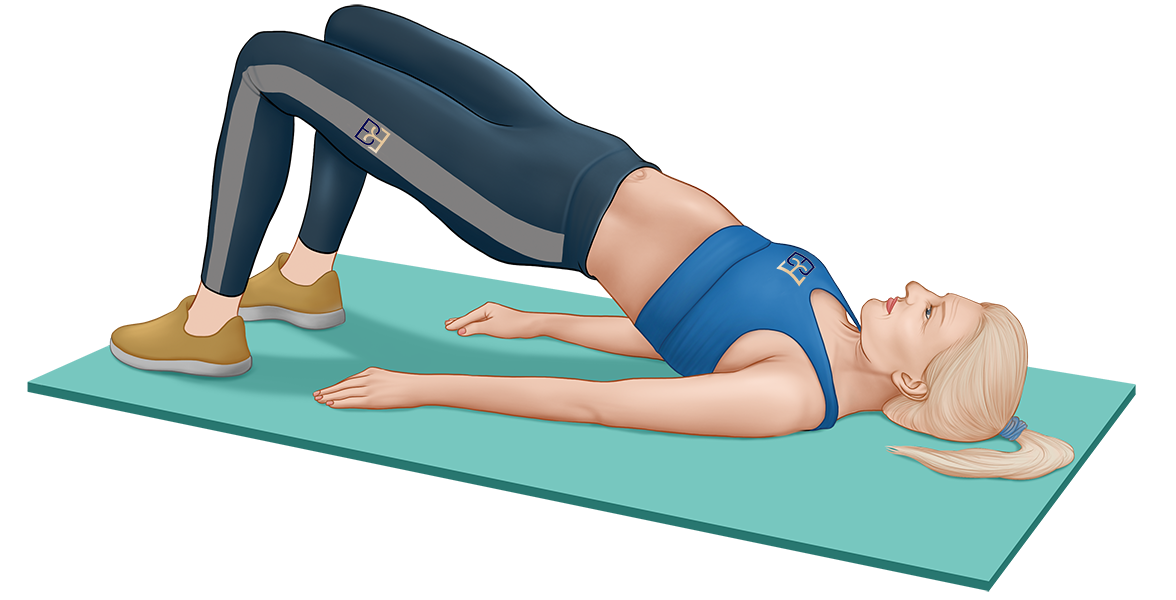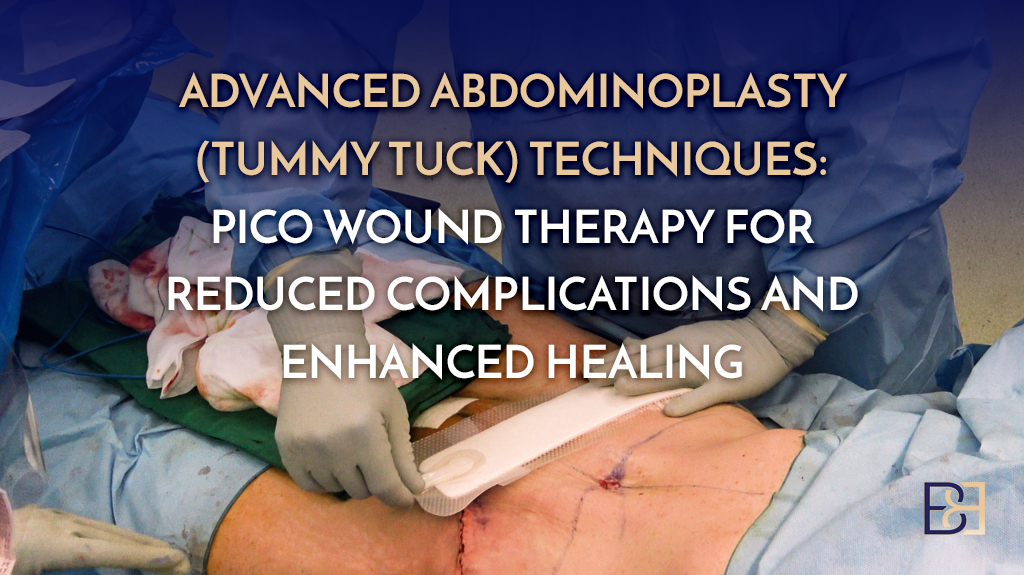If you’re asking, ‘Does exercise really help diastasis recti,’ the answer is yes. This article will explain how targeted exercises can aid recovery, which exercises to focus on, and which to avoid, giving you practical steps for managing your condition.
Key Takeaways
- Diastasis Recti is a common issue after pregnancy, leading to symptoms like back pain and pelvic issues, it can be identified with a self-check.
- Targeted exercises, especially those focusing on the transverse abdominis, can significantly help heal Diastasis Recti.
- Specific traditional exercises like sit-ups and planks should be avoided, as they can worsen the condition; alternatives include core compressions and pelvic tilts.
Understanding Diastasis Recti

Book your appointment online now
Diastasis Recti, also known as Diastasis Rectus Abdominis (DRAM), refers to the widening of the space between the left and right belly muscles due to separation. It’s a condition that can develop from various factors, including pregnancy, obesity, excessive abdominal exercises, and age-related muscle changes. During pregnancy, the pressure on the abdominal muscles and pushing during labour further increase the risk of developing Diastasis Recti.
Common symptoms of Diastasis Recti may include:
- lower back pain
- difficulty breathing
- urine leaking
- issues with the pelvic floor
These symptoms can be quite distressing and impact daily life significantly.
Identifying Diastasis Recti is relatively straightforward. A simple self-check involves lying on your back, bending your knees, and feeling a gap in your abdomen while engaging your core.

The Role of Core Stability in Recovery
Core stability is essential for balance and weight-bearing in the spine and pelvis. Diastasis Recti can compromise this stability, leading to issues like lower back pain and lumbar instability. Appropriate exercises can increase core stability, aiding recovery.
Recovery from Diastasis Recti can lead to better overall functional movement and reduced discomfort post-pregnancy. Observational studies have shown that deep trunk muscle activation is critical for supporting abdominal tissue and may help prevent further separation during exercise.
A stable core leads to physical wellness and simplifies daily activities, particularly for new mothers managing a newborn.
Can Exercise Really Help Diastasis Recti?

Yes, exercise can help heal Diastasis Recti symptoms, with a good chance of abdominal muscles coming back together over time. Structured routines have shown a notable decrease in the severity of Diastasis Recti, evidenced by a reduced inter-recti distance.
Exercise programs that target diastasis recti abdominis have effectively reduced its width in postpartum women. Proper techniques control intra-abdominal pressure and mitigate the severity of diastasis recti. Isometric exercises, engaging the transverse abdominis without activating the rectus abdominis, are pivotal for recovery.
Core strength through targeted exercise can alleviate common postpartum issues like lower back pain and poor posture. Specific exercises for Diastasis Recti significantly aleviate symptoms such as stress urinary incontinence and low back pain. Exercise routines can also body dissatisfaction related to Diastasis Recti.

Pelvic tilts
How Targeted Exercises Aid Recovery
Targeted exercises can reduce the severity of Diastasis Recti, boost abdominal strength, and increase functional capabilities for postpartum women. These exercises aid recovery by helping to reconnect separated abdominal muscles, focusing on the transverse muscles and pelvic floor.
However, it’s important to avoid traditional exercises that could exacerbate the condition.
Safe Abdominal Exercises
Core exercises that engage the abdominal muscles include:
- Core Compressions
- Specific movements targeting deep core muscles
- Pelvic tilts
- Abdominal bracing exercises (recommended for postpartum women, as they help strengthen the pelvic floor and lower abdominal muscles without causing harm)
- Heel slides
- Toe taps
These exercises are effective in reducing the severity of Diastasis Recti.
Exercises to Avoid
Common exercises to avoid for Diastasis Recti include sit-ups, crunches, and planks. It’s recommended to avoid sit-ups for at least 12 weeks after giving birth. Exercises like sit-ups and crunches can exacerbate abdominal separation by increasing strain on the abdominal wall. Planks and traditional crunches may worsen abdominal separation and should be avoided.
Certain exercises can compromise core integrity if not executed properly, especially in yoga contexts. Understanding which exercises can worsen the condition is crucial for recovery.
Engaging the Transverse Abdominis

Core exercises, especially those focusing on the transverse abdominis, are crucial for Diastasis Recti recovery. Strengthening the transversus abdominis and pelvic floor muscles is key to managing post-pregnancy abdominal separation. The transverse abdominis (TrA) supports the lumbopelvic region and maintains abdominal tension, which is important for treating rectus abdominis diastasis.
Proper activation of the TrA can be achieved through the drawing-in technique, pulling the belly button toward the floor while breathing normally. Avoid compensatory strategies like tilting the pelvis or holding the breath for optimal engagement. Core Compressions activate the transverse abdominis, essential for core integrity and strength.
The ideal technique during core exercises is to draw the navel toward the spine while exhaling. This engagement helps stabilise the core and can reduce the gap between muscles affected by Diastasis Recti.
Dr. Beldholm’s Recommendations for Postpartum Women

Dr. Beldholm a specialist surgeon that focuses on Abdominoplasty, emphasizes strengthening the core after childbirth focusing on pelvic floor muscles compromised during pregnancy. He recommends starting a deep core exercise program with a qualified physiotherapist as soon as possible post-pregnancy. Core strengthening exercises are advisable in the early stages of postpartum recovery.
Controversy Around Traditional Exercises
The effectiveness of traditional exercises, such as crunches and planks, for individuals with Diastasis Recti remains debated. Some experts argue that these exercises can worsen abdominal separation. Research findings on the effectiveness of traditional abdominal exercises for reducing Diastasis Recti are inconsistent, with some studies showing positive effects and others indicating no significant benefit.
Not all exercises are beneficial; some traditional movements may exacerbate the separation. Building strength in the deep core muscles is crucial before incorporating exercises like planks and crunches.
Dr Beldholm’s Final Thoughts

As a specialist surgeon focusing on abdominoplasty, I can affirm that targeted exercises are crucial for recovering from diastasis recti and rehabilitating affected abdominal muscles. Diastasis Recti is a manageable condition with the right approach. Understanding the importance of core stability, engaging in targeted exercises, and following professional recommendations can significantly aid in recovery.
However, if you still have issues after doing exercises and waiting 12 months after your pregnancy, then it is time to see a specialist surgeon to discuss abdominoplasty.
Frequently Asked Questions
What is Diastasis Recti?
Diastasis Recti is when the space between your left and right abdominal muscles widens, often seen in postpartum women. It’s a common issue that can impact core strength, so don’t hesitate to seek help if you’re experiencing it!
What are the symptoms of Diastasis Recti?
If you’re dealing with Diastasis Recti, you might notice symptoms like lower back pain, trouble breathing, and even urine leakage. It’s definitely something to keep an eye on!
Can exercise help heal Diastasis Recti?
Absolutely! Regular exercise can definitely help heal Diastasis Recti and increase your core strength.
What exercises should be avoided with Diastasis Recti?
If you have Diastasis Recti, definitely steer clear of sit-ups, crunches, and planks since they can make the separation worse.
Book your appointment online now
References:
- Akram, Javed, and Steen Henrik Matzen. “Rectus Abdominis Diastasis.” Journal of Plastic Surgery and Hand Surgery, vol. 48, no. 3, 2013, pp. 163–169., doi:10.3109/2000656x.2013.859145.
- Akuthota, Venu, et al. “Core Stability Exercise Principles.” Current Sports Medicine Reports, vol. 7, no. 1, 2008, pp. 39–44., doi:10.1097/01.csmr.0000308663.13278.69.
- Coleman, Tanner J., et al. “Intra-Abdominal Pressure during Pilates: Unlikely to Cause Pelvic Floor Harm.” International Urogynecology Journal, vol. 26, no. 8, 2015, pp. 1123–1130., doi:10.1007/s00192-015-2638-4.
- “Functional Anatomy of the Core: the Abdomen.” Human Kinetics, uk.humankinetics.com/blogs/excerpts/functional-anatomy-of-the-core-the-abdomen.
- Sancho, M.f., et al. “Abdominal Exercises Affect Inter-Rectus Distance in Postpartum Women: a Two-Dimensional Ultrasound Study.” Physiotherapy, vol. 101, no. 3, 6 May 2015, pp. 286–291., doi:10.1016/j.physio.2015.04.004.
- Thabet, Ali, and Mansour Aishehri. “Efficacy of Deep Core Stability Exercise Program in …” Journal of Musculoskeletal and Neuronal Interactions, Mar. 2019, www.ismni.org/jmni/pdf/75/jmni_19_062.pdf.


